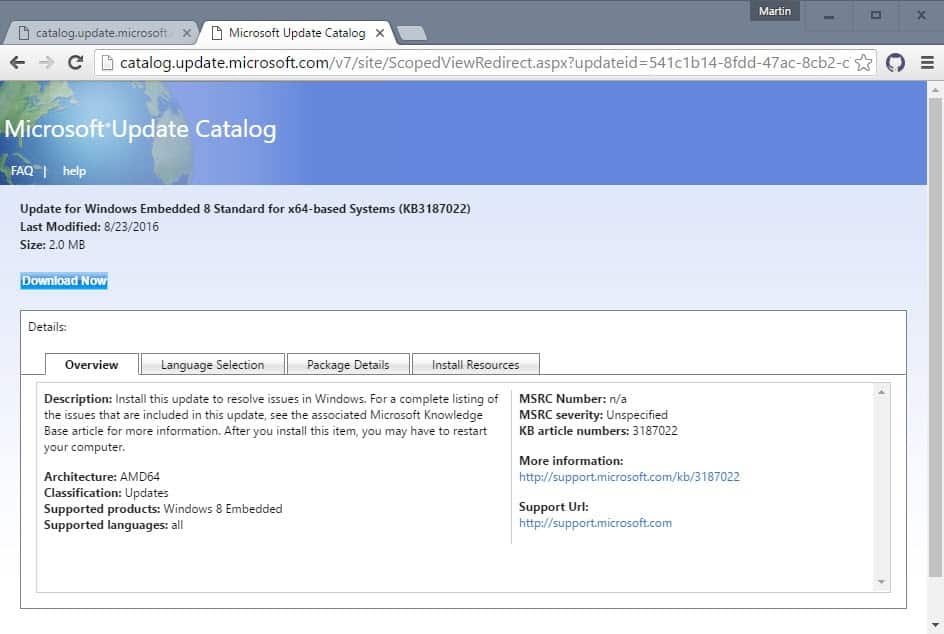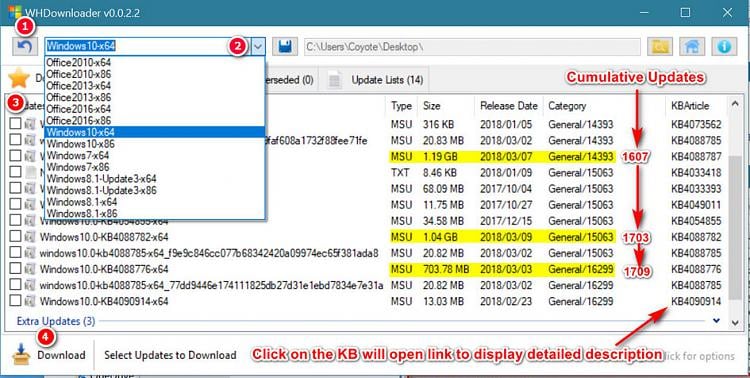

Volume-licensed media is available for each release of Windows in the Volume Licensing Service Center (VLSC) and other relevant channels such as Windows Update for Business, Windows Server Update Services (WSUS), and Visual Studio Subscriptions. I have tried about 6 different examples scripts found online and none of them overcome these problems.This topic explains how to acquire and apply Dynamic Update packages to existing Windows images prior to deployment and includes Windows PowerShell scripts you can use to automate this process. The 2020-07 updates were both installed on the same day, and checking in PowerShell the 2020-12 updates has a more recent time so is the update returned when checking for the most recent one by installed date This is the latest one installed so if I look in local Update History for "Security Monthly" or "Security Only", this patch is ignored You can that September's patch was seemingly installed via the.


msu file, local Update History does not show the friendly name If installing an update manually by downloading the. This can result in an older patch being selected when trying to find the most recent one by Installed Date Servers that missed patch schedule and then subsequently had multiple updates installed on the same day. I have some examples where using the local Update History is not suitable: This is way more harder than it should be. So for example I need 2021-09 Security Monthly Quality Rollup for Windows Server 2012 R2 for 圆4-based Systems (KB5005613) Most critically I need the "friendly" name and not the build number, KB number or generic "Security Update" I'm trying to build a PowerShell script that will return the most recent installed Cumulative Update (or Security Monthly Quality Update/Security Only Update on Server 2012 R2 and earlier).


 0 kommentar(er)
0 kommentar(er)
